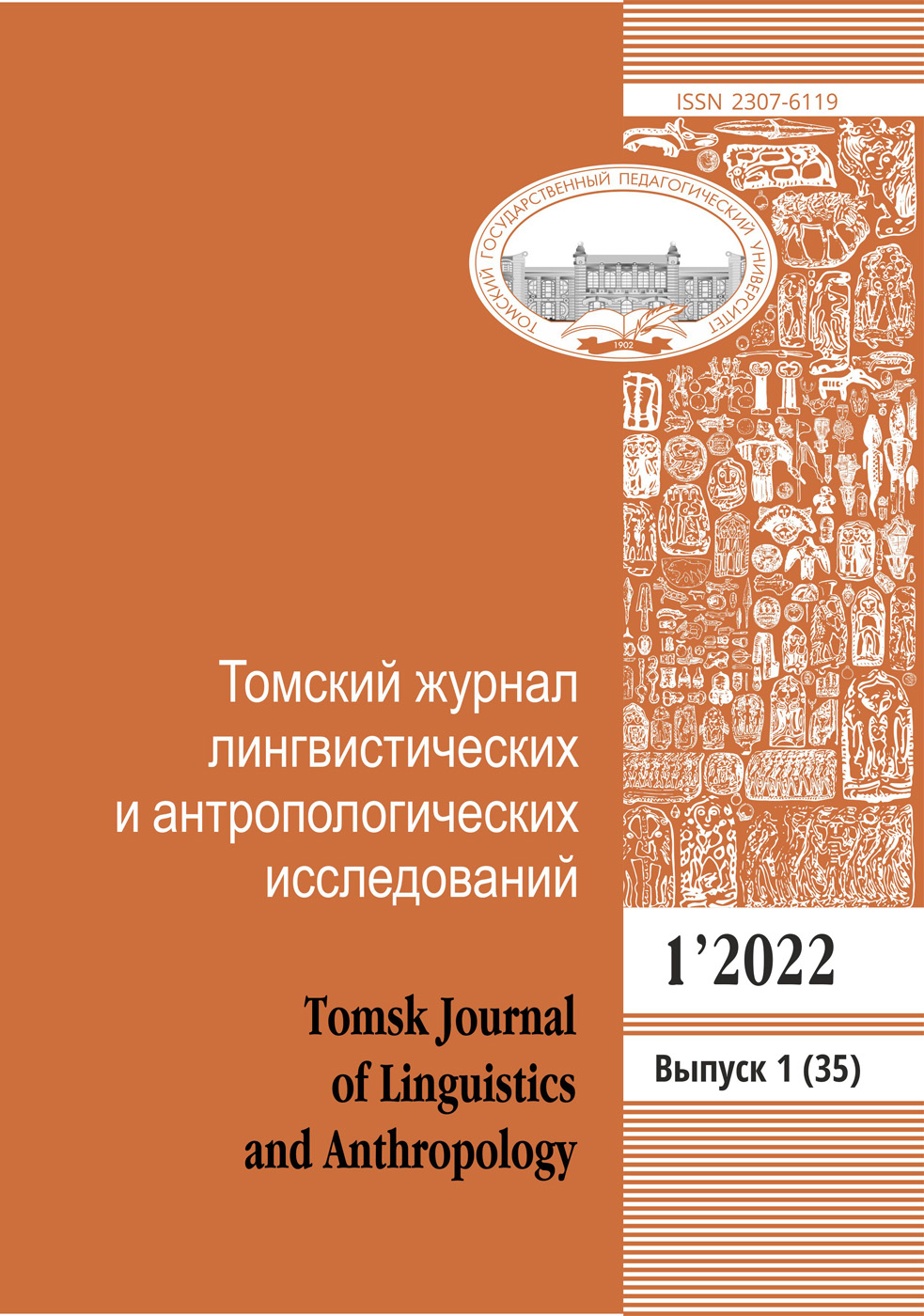SOCIAL ADAPTATION OF CHILDREN BY MEANS OF TOURISM AND REGIONAL STUDIES
DOI: 10.23951/1609-624X-2017-1-37-41
The establishment of an information society led to the massive use of modern gadgets and led to the fact that children have difficulty in direct communication, adaptation, especially in an unfamiliar environment, as well as contributes to the deterioration of children’s health, due to sedentary lifestyles. The leading role in the process of formation of the valuable relation to the world, to himself and to other people belongs to a secondary school. In the modern educational space to solve these problems optimally is possible not separately within the institution, but in the form of networking. Stakeholders create social and educational environment for a more successful social adaptation of the individual student. One of the effective means that children get from tourism and regional studies is the socialization and preservation of health. The authors present the mechanism of leading educational institutions’ networking: Municipal autonomous educational institution of secondary school number 28 in Tomsk and municipal budgetary educational institution of additional education of childhood and youth house “Our harbor” Tomsk. As part of the networking was created an innovative platform of municipal tourist and regional studies, which is being implemented under the conditions of socio-pedagogical project “Formation of socially-adapted person taught with the help of the tourist and local lore activity in conditions of an integrated socio-educational developing environment of general and supplementary education”. We present two authors’ models: the model of socio-educational developing environment for the formation of socially-adapted person enrolled in the secondary school № 28 and childhood and youth house “Our Harbour” and the model of formation of socially-adapted person in the conditions of socio-educational developing environment. The article also puts forward a system of monitoring research.
Keywords: networking, socio-pedagogical project, extracurricular activities, tourist and regional studies, integrated developing environment, model of educational environment, model of social adaptation of personality
References:
1. Кazanskaya V. G. Podrostok: sotsial’naya adaptatsiya [Teenager: social adaptation]. Sankt-Peterburg, Piter Publ., 2011. 288 p. (in Russian).
2. Bekker N.V. Osnovy formirovaniya sotsial’noy kompetentnosti shkol’nikov [Fundamentals of students’ social competence formation]. Nauchnopedagogicheskoye obozreniye - Pedagogical Review, 2015, no. 2 (8), pp. 54–62 (in Russian).
3. Guslova M. N. Innovatsionnyye pedagogicheskiye tekhnologii. 4-e izd., ispr. [Innovative educational technology. 4th ed., rev.]. Moscow, Akademiya Publ., 2013. 288 p. (in Russian).
4. Kokoreva N. V. Pedagogicheskoye proektirovaniye sredy dopolnitel’nogo obrazovaniya kak usloviye samorealizatsii detey. Dis. … kand. ped. nauk [Pedagogical designing of additional education environment as a condition of self-realization of children: dis ... cand. ped. sci.]. Saransk, 2004.184 p (in Russian).
5. Nikonova M. A. Kraevedeniye: ucheb. posobiye dlya stud. uchrezhdeniy vyssh. obrazovanyja [Local history: studies. Teaching guide for students of institutions of higher education]. Moscow, Akademiya Publ., 2014. 192 p. (in Russian)
6. Fridman L. M., Pushkina T. A., Kaplunovich I. Ja. Izucheniye lichnosti uchashchegosya i uchenicheskikh kollektivov: kn. dlya uchitelya [The study of the student’s personality and student groups: teacher’s book]. Moscow, Prosveshcheniye Publ., 1988. 207 p. (in Russian).
7. Yasvin V. A. Obrazovatel’naya sreda: ot modelirovaniya k proektirovaniyu [Educational environment: from modeling to design]. Moscow, Smysl Publ., 2001. 14 p. (in Russian).
8. Pushkareva T. G., Sartakova E. E. Model’ sotsial’noy obrazovatel’noy sredy dlya formirovaniya sotsial’noy kompetentnosti budushchego pedagoga sel’skoy shkoly [Social educational environment model for the formation of social competence of future teachers of rural schools]. Vestnik Tomskogo gosudarstvennogo pedagogicheskogo universiteta – TSPU Bulletin, 2010, no. 13 (115), pp. 118–122 (in Russian).
9. Shul’ga T. I. Sotsial’no-psikhologicheskiye tekhnologii pomoshchi detyam i sem’yam grupp sotsial’nogo riska [Socio-psychological techniques to help children and families of social risk groups]. Moscow, MGOU Publ., 2010. 199 p. (in Russian).
Issue: 1, 2017
Series of issue: Issue 1
Rubric: PRESCHOOL, GENERAL AND SUPPLEMENTARY EDUCATION
Pages: 37 — 41
Downloads: 1322





